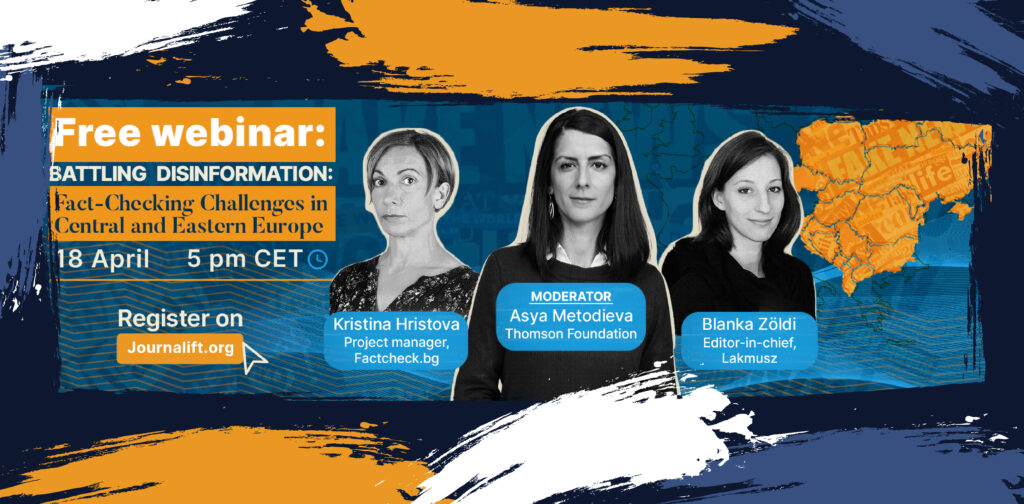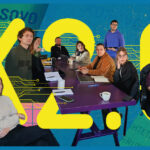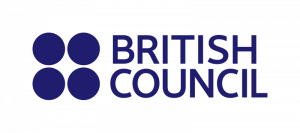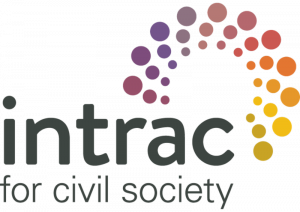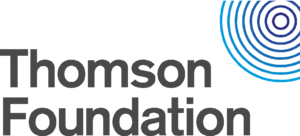Innovation became one of the key words when we talk about journalism. In a world where the internet is oversaturated with information and entertainment content, multiple players compete for audience attention on many platforms. In this environment, creating something different, something innovative that will stand out and draw attention becomes essential for the success of a media organisation. Unfortunately, as with many words that are used too often, the actual meaning of innovation became vague and intangible.
So, what is Innovation in the context of media and content production?
Most often, when journalists and editors talk about innovation, they refer to a technological approach to storytelling, to the formats of the story. Those are, of course, important. However, technology on its own will not create a truly outstanding piece of journalism. A weak, generic, irrelevant story, even if it is done using the latest production tricks, will still be just a gimmick, an over-decorated clickbait that would not resonate with your audience and potentially can even damage your reputation.

If you look at some of the best examples of successful and impactful journalism, you will spot that true innovation is in the editorial approach to stories. It is the editorial decisions that journalists and editors make when they decide what story they will cover, and most importantly, what approach, what angle they take - that’s what really matters. Every story, once it has been reported as news, has huge potential for further development. How you will develop that story depends on your creative and innovative approach to it, and, very importantly, on your audience.
I often use this example in my work with newsrooms: a simple, unexciting but important story: “Public transport ticket prices increase”.

Imagine the news just came out: local authorities announced a significant 25% ticket price increase. When it happens, every single local media would report it. So will you. Most of the time people will not even remember which media they first saw that news in, the short stories will be almost identical on every site and platform. Hard to stand out.
But what happens next? It is a story that would be relevant to most of the people living in your city. So, a logical editorial decision would be to go further and cover it in-depth. What can you do with it? A traditional approach in the past would have been to write a long analytical article explaining all aspects and consequences of that price increase. Or to do a long TV/Radio studio interview with an official who will be talking about why they had to do it, probably at great length. Both would probably contain a lot of information but in the modern world will not be terribly popular with the audience.
So, this is the moment when we need to become creative and innovate.
There are many ways you can develop this story. But first, you need to think of your core and targeted audience – which aspect of this story is most relevant to them?
Let’s imagine that your targeted audience are students – they use public transport daily, they don’t have much money, so the increase will affect them. At the same time, they are unlikely to be interested in the city budget issues, interviews with officials in suits or long analytical pieces. They consume content on social media platforms. How can you make that story relevant and interesting to them? Here are a few examples:

Alternative to public transport
You can look at what alternatives young people have, to replace traditional transport if they can’t afford the cost. Bikes or scooters? It could be done with your reporter doing the same route from A to B using bus, bicycle, and scooter, recording time, cost and doing short mobile selfie videos on the way. Or you can have a competition with three students doing the same trip using different transport reporting their experience in short selfie videos or photos. You can use a time-lapse camera to create a fun dynamic video.
How much is 25%?
You can create a simple illustration of what that price increase means comparing it to other things that students value. For example, over one week the cost difference means 3 fewer coffees from a popular café. For an Instagram post or story, you don’t have to use any advanced production tools – just take a picture of five coffee cups on the table and then the next shot will only have 2 with a sad emoji, a short text will explain what it is. You also can have a GIF, a meme or a Tik-Tok video, playing with that idea of reducing the number of coffees to be able to afford the bus rides.

Fitness
You can look at how many calories a person would burn if they walked a few stops instead of taking a bus. This could be a graph, a video, a screenshot of the exercise map from a fitness app on a phone.
Now, let’s imagine that you need to cover that ticket story for middle-aged working women from a low socio-economic group (if you are currently trying to grow this segment of your audience), for whom the price increase will be a significant blow to their family budget.

Personal story
For this audience, a good format would be a personal story of someone who will reflect and voice their frustration and concerns. A self-authored interview with a woman who is concerned about the new price and talks openly about what that means to her (video or text with pictures) would work well for your FB page as well as for the website.
Social care/support explainers and tips
Are there ways to explain what extra support people who struggle financially can get from the authorities? Special benefits? How to apply for them? Maybe a collection of tips on how to save money on food or other essentials? These could be simple step-by-step postcard explainers done as text with graphics or photos. You can ask women to send their tips on how to save money – interactive content is very popular and has high potential on social media platforms.
What if your media audience are wealthy businessmen and professionals? An interesting creative challenge for you would be to cover that story for people who drive their own cars and never use public transport. Doesn’t mean they will not be affected; you just need to find the right approach.

Are there business opportunities?
For business people, you can look at what business opportunities that may bring: is it a good moment to invest in a bike rent scheme in town? Case studies with interviews would work well for this audience. Has someone launched a bike rental elsewhere? You can do a business interview with an owner of that business, discuss challenges and benefits.
Other stories that might be relevant to that audience: Will there be fewer taxis as for a short ride in the city centre the price will be almost the same? Is it an opportunity to sell more cars as some people may decide it is now worth buying one?
Of course, these are just some of many possible hypothetical treatments, but they show how to approach any story in an innovative way, how to create a piece of original journalism that your audience will find relevant and will remember. The more pedestrian and boring the story seems at first, the more exciting this challenge could be. As an exercise, you can try adding stories to my list above, to see what angles and formats you would choose that would work best for your audience.
When you plan content in an editorial meeting, the formula should be:
STORY – AUDIENCE– ANGLE– PLATFORM– FORMAT
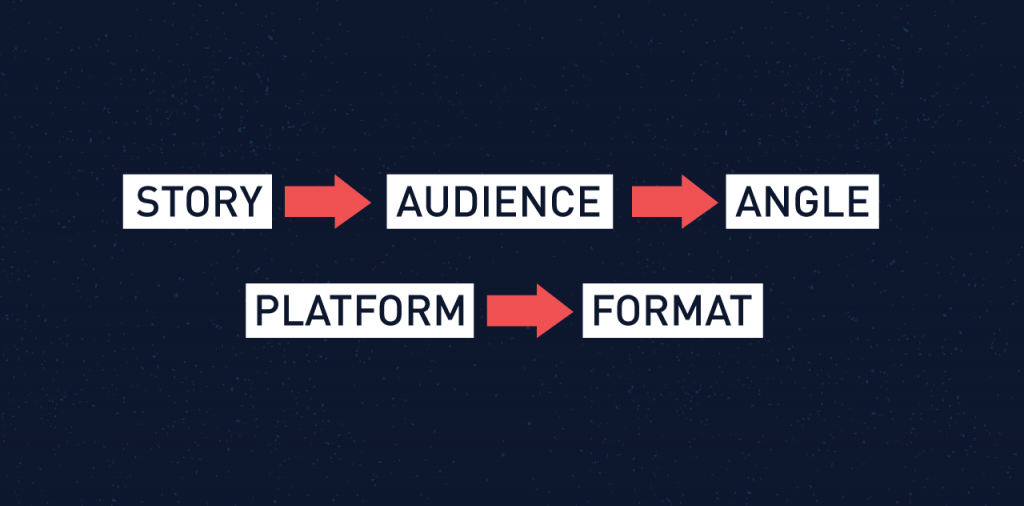
You look at the story, think about what aspect of that story is relevant to your audience, find a creative approach to how you will be telling it which will be executed for the primary platform and in the format that works there.
Another very important factor to keep in mind: this should be done in the context of your current strategic goals. For example, if you’re currently trying to build up your Instagram audience, your focus will be on the angles and formats that work particularly well for that audience on that platform. If you are trying to expand your audience by adding rural population, you choose an angle that would make it particularly relevant to them. (For example, covering Saturday food markets in town you would focus on farmers who supply the produce rather than on consumers’ who buy it).
Overall, this is what good editors always do – they approach content production pro-actively. They don’t simply react to news when they happen. They think what kind of story they will produce based on the news.
It may look at first like a lot of thinking and discussion time. However, this is a false perception. Once you start applying this principle in the newsroom daily, the whole team will quickly understand that this level of creativity and innovation is the norm and will start approaching every story with this attitude.
A side benefit of this workflow is that journalists will actually enjoy their job much more and will feel more motivated. Innovation is a very infectious thing, and every story becomes a fun creative challenge rather than a boring routine.

Some stories will be elevated even further by using innovative technology and software which will become exactly what it is - a tool to support editorial innovation.
With creative, original, and audience-focused content your media brand would inevitably stand out in the market as no one else would do the same stories. Your audience will feel that you work for them, grow, and become more loyal. This is what innovation really is about.
















